25 of the Best Aurora Photos of 2022
![]()
One of the gorgeous niches of nighttime landscape imaging is aurora photography, which shows the dazzling natural light shows seen in the sky when charged particles from the Sun ripple across Earth’s magnetic field.
“Aurora & Lunar Eclipse at the South Pole” by Aman Chikshi
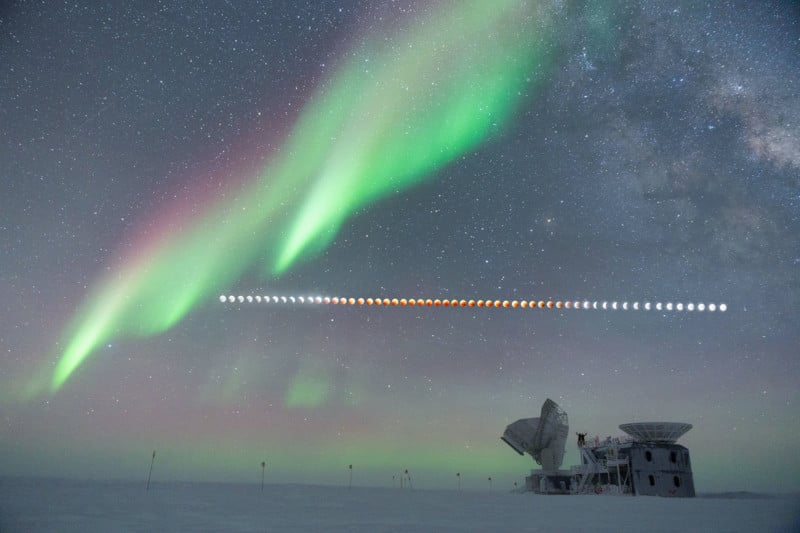
Photographer Aman Chikshi was honored by NASA’s Astronomy Picture of the Day for his photo captured at the South Pole.
“Double Arc” by Giulio Cobianchi
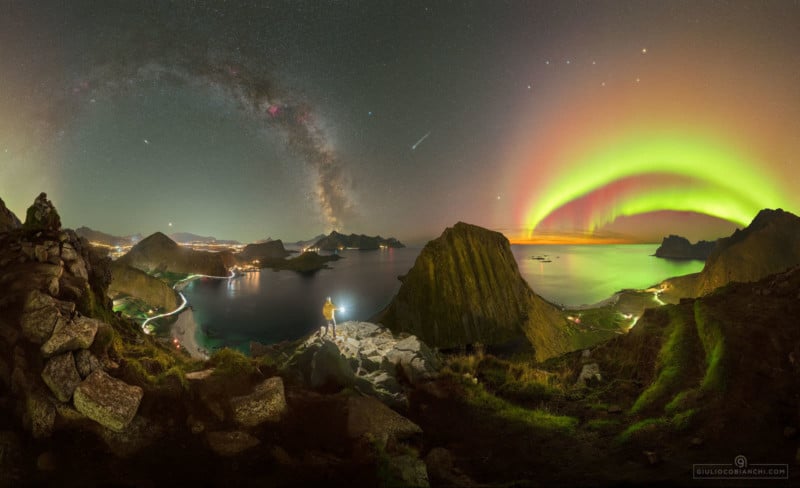
Photographer Giulio Cobianchi was honored by NASA’s Astronomy Picture of the Day for his photo captured near the North Pole.
“Aurora & Orion” by Roi Levi
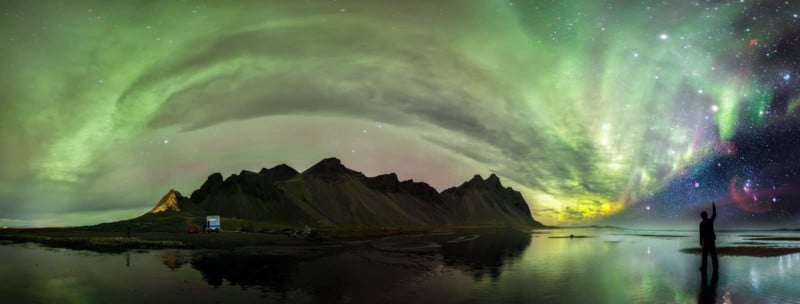
Photographer Roi Levi was honored by NASA’s Astronomy Picture of the Day in Highlights of Aurora Best Images.
“Panoramic Lights” by Victor Lima
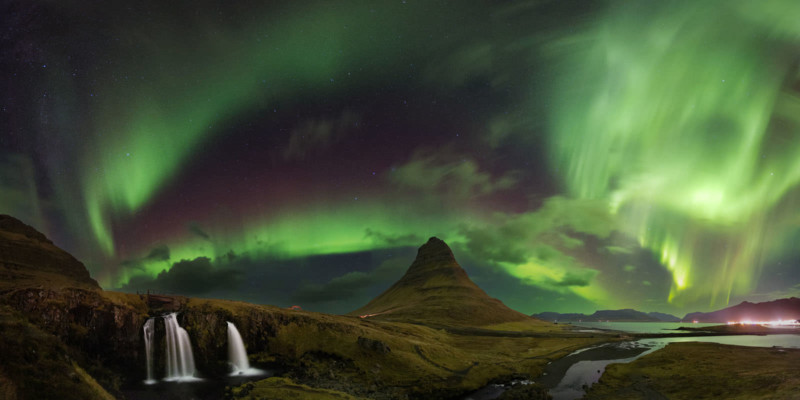
“Aurora Arch” by Benjamin Barakat
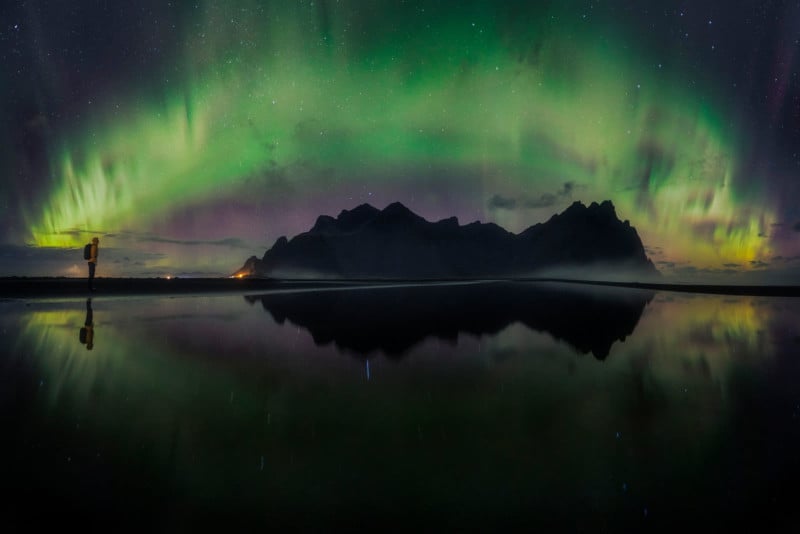
“Aurora Over Glacier Lagoon in Iceland” by Sean Parker
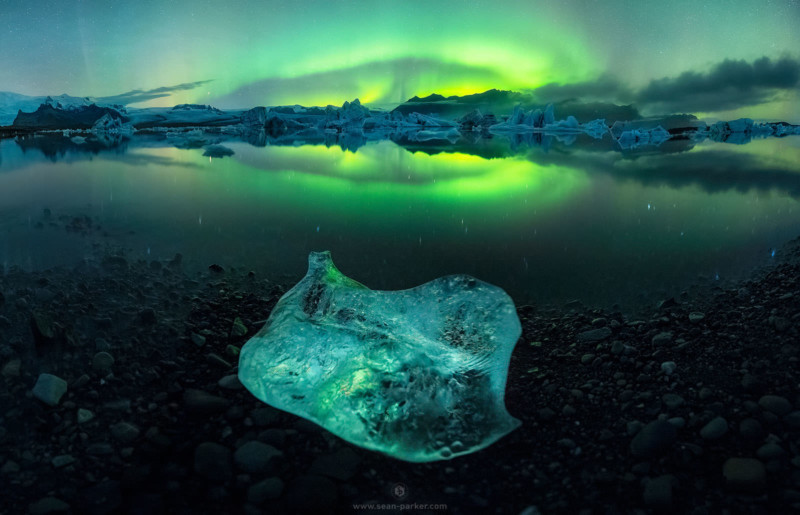
“Aurora Lighthouse” by MaryBeth Kiczenski
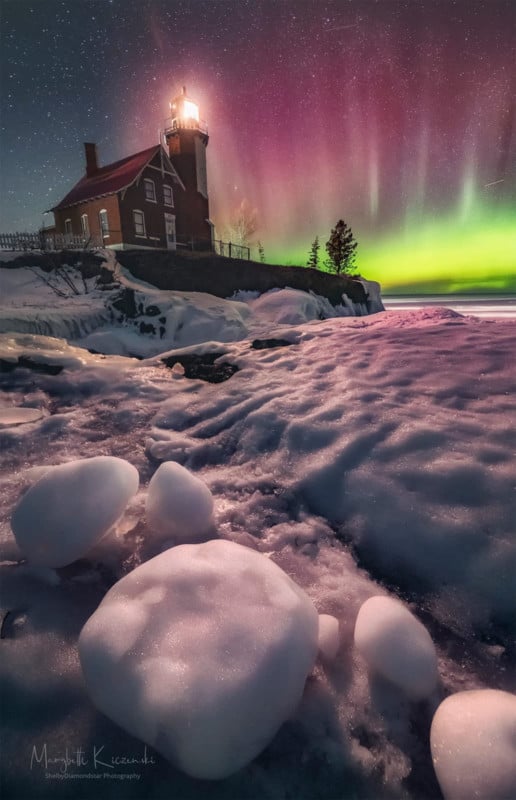
“Red Aurora” by Ruslan Merzlyakov
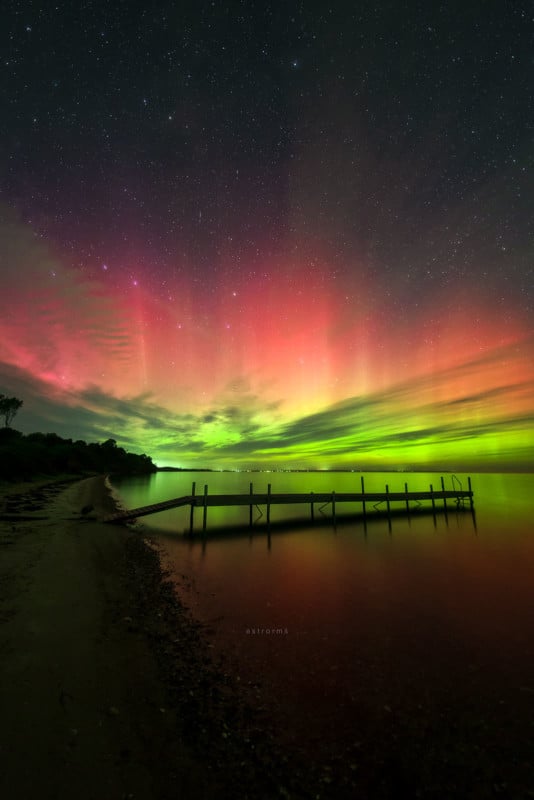
“Aurora SubStorm” by David Erichsen
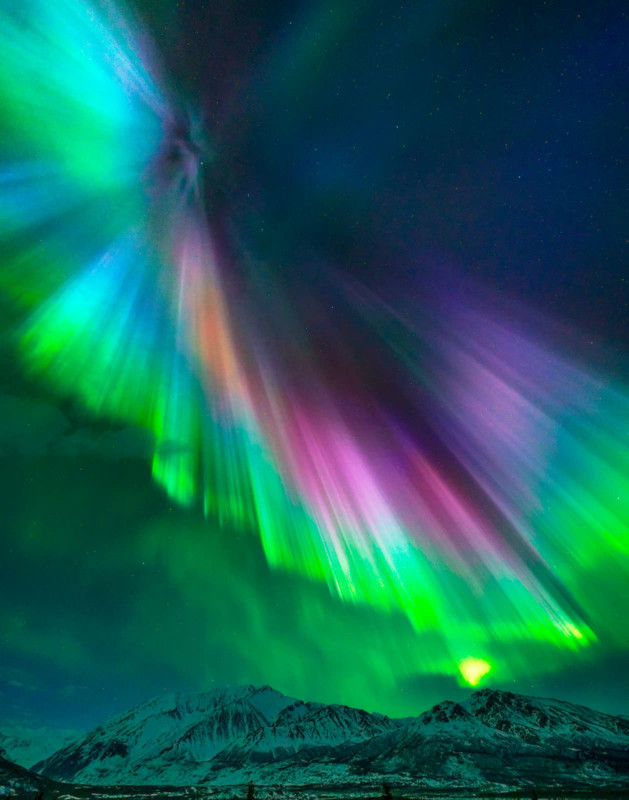
“City Lights” by Sean Parker
![]()
“South Pole Station, Antarctica” by Aman Chokshi
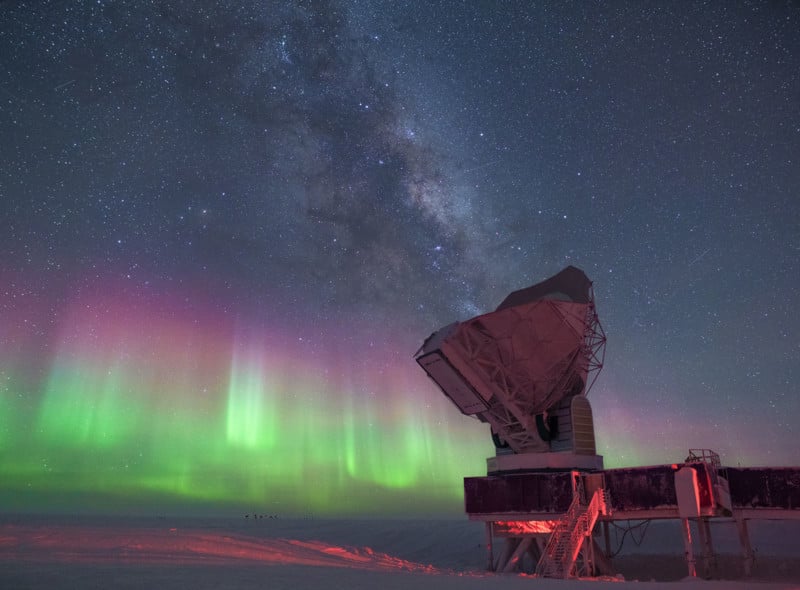
“The Peak Of Lights” by Shadow Kuo
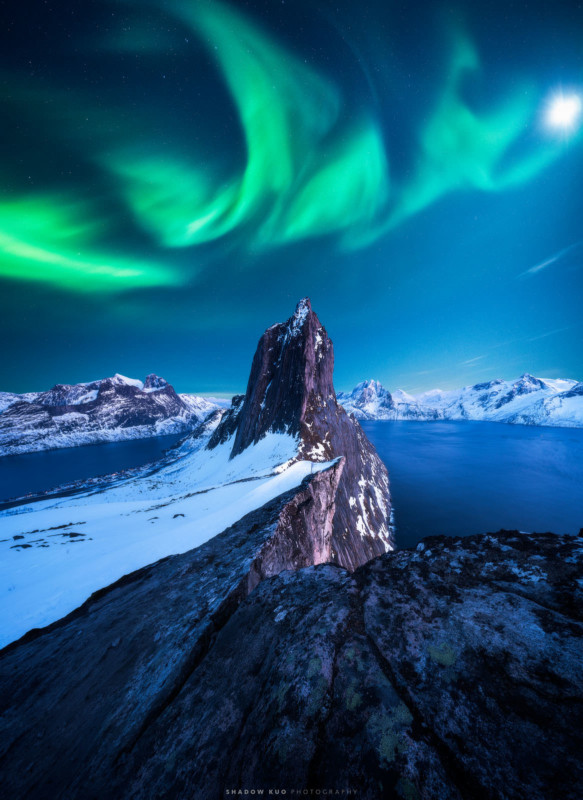
“Rainbow Auroras Above the South Pole” by Aman Chokshi
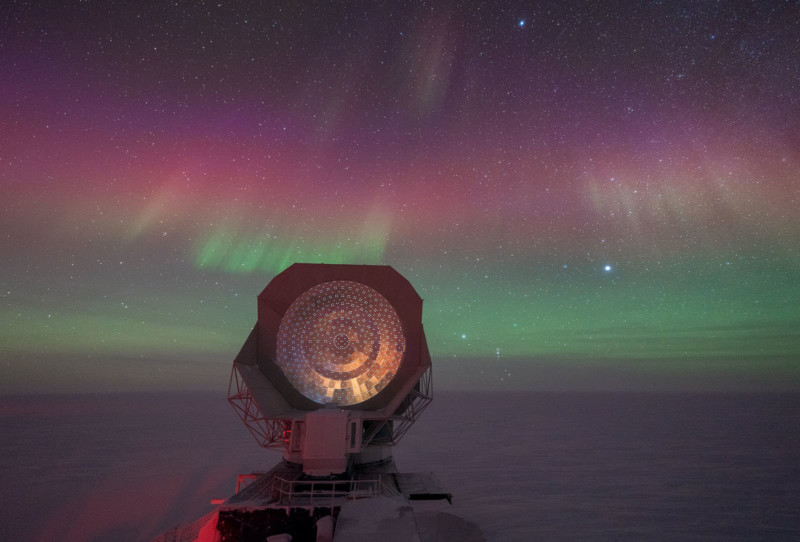
“Aurora and Bioluminescent Algae in Denmark” by Ruslan Merzlyakov
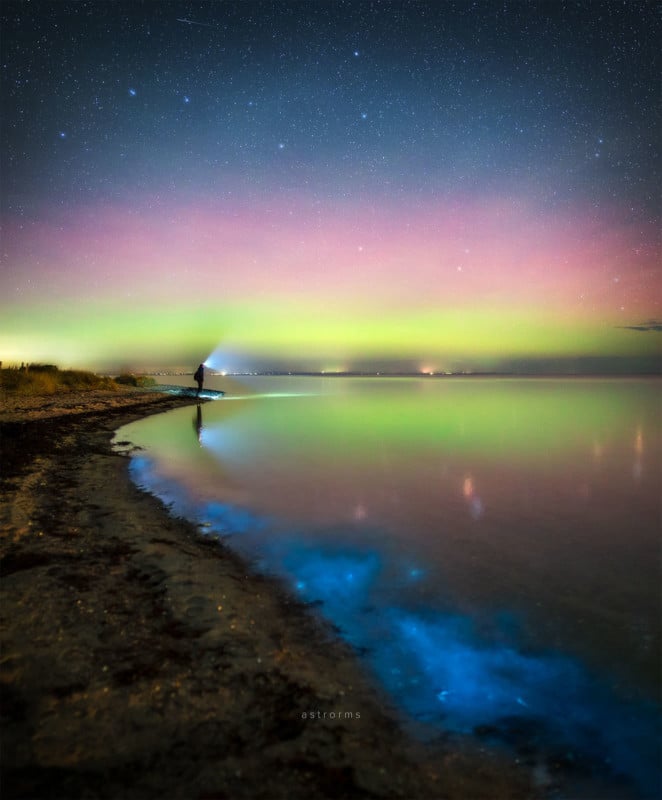
“Aurora Australis Little Planet” by Aman Chikshi
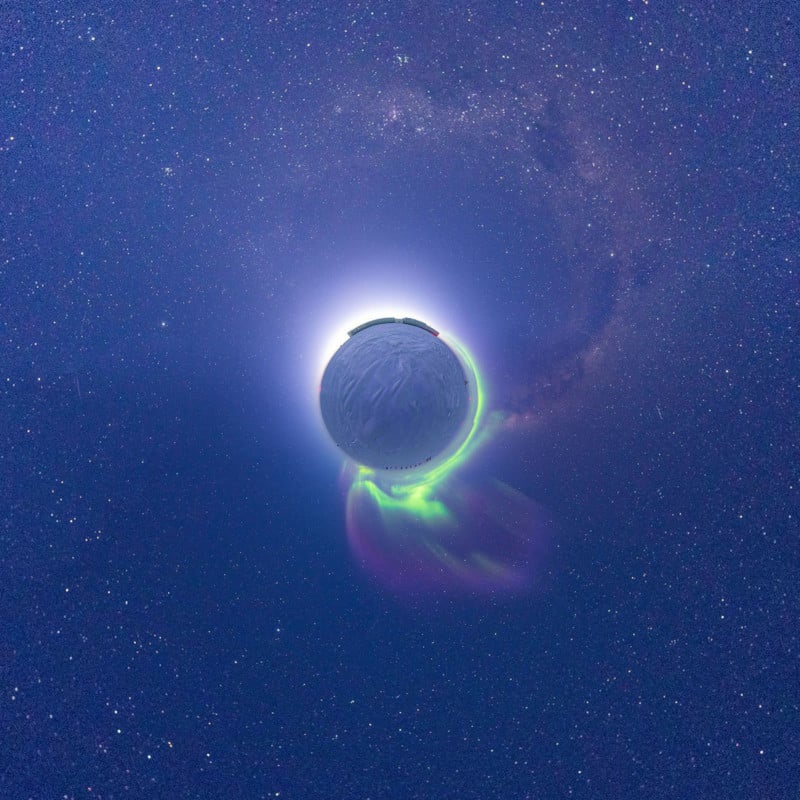
“Inflight Entertainment” by Ralf Rohner
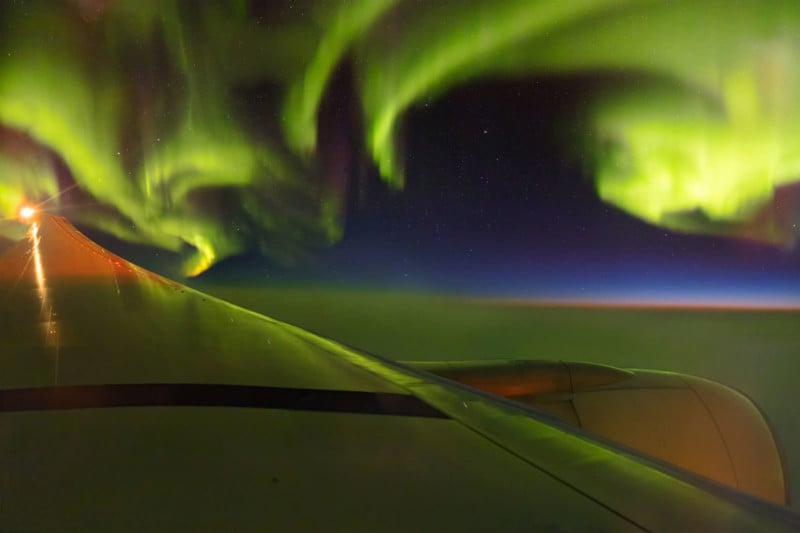
“Aurora Cave” by Stefano Pellegrini
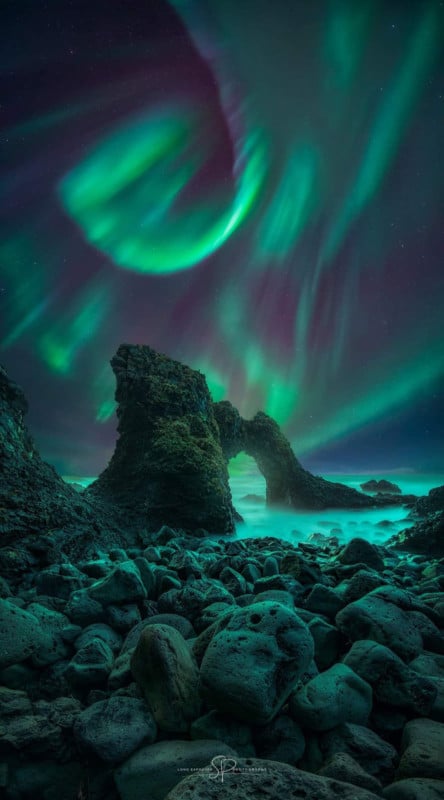
“Under Northern Lights” by Stepffan Liberman
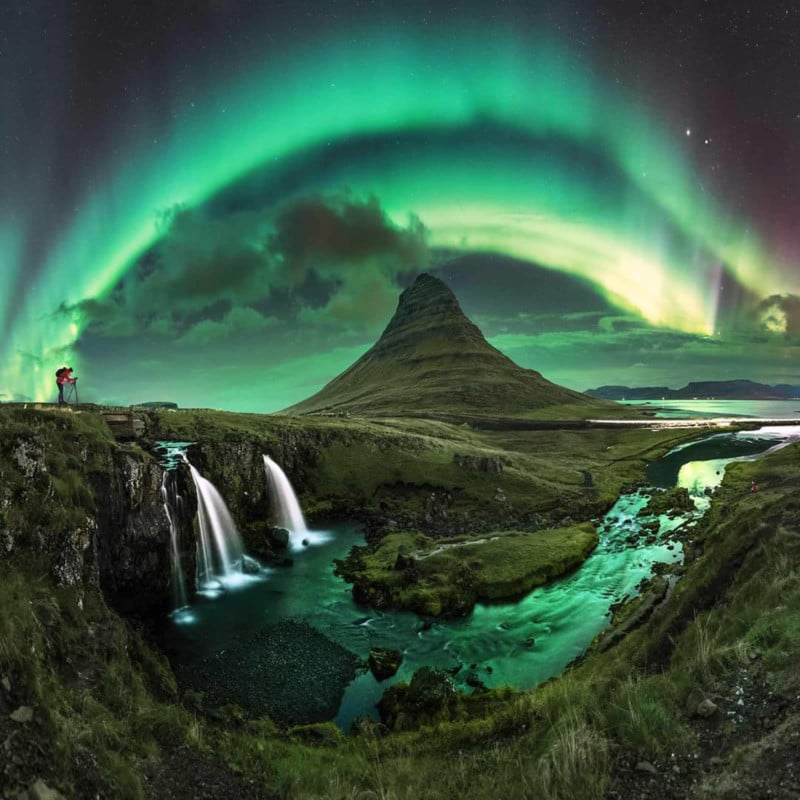
“Aurora Cave” by David Erichsen
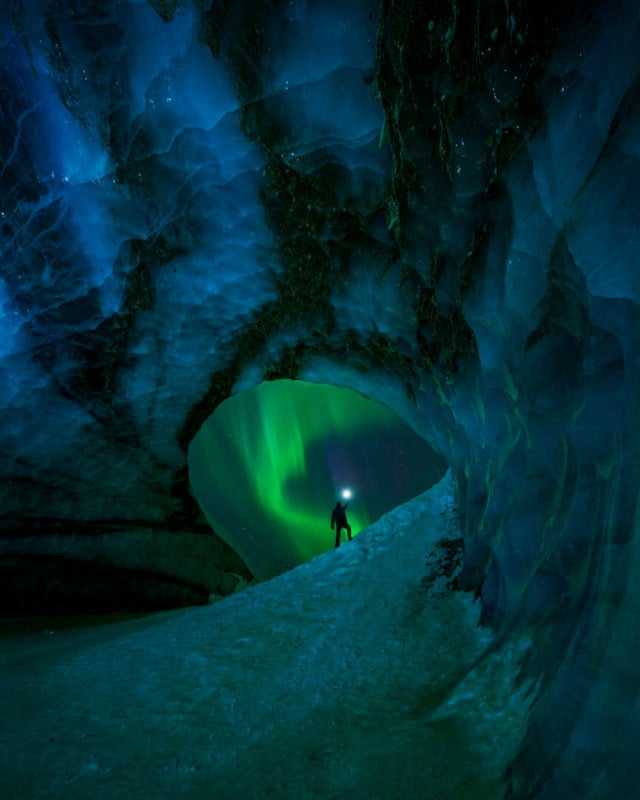
“Frozen Lights” by Mordi Shamir
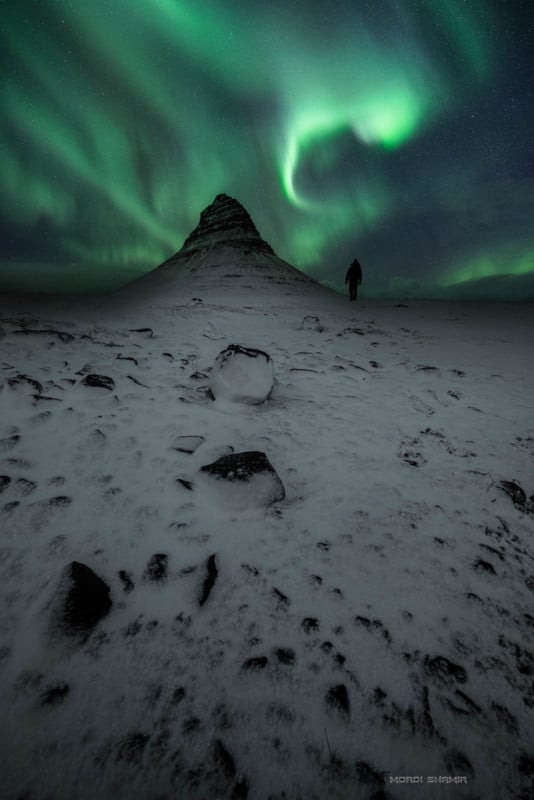
“Reflection of Lights” by Itai Monnickendam
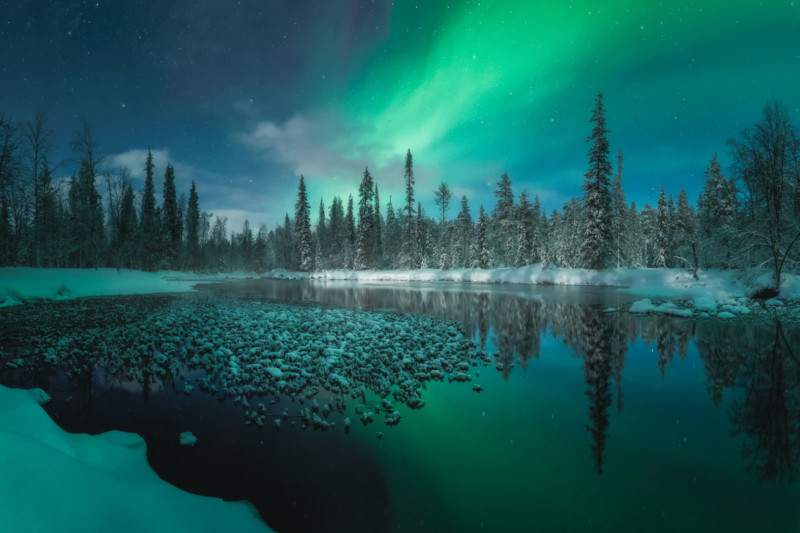
“Aurora in Godafoss” by Miki Spitzer
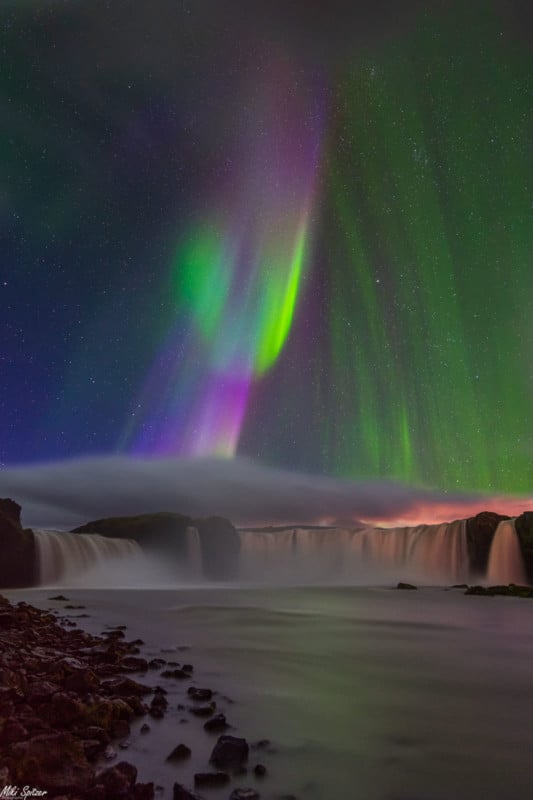
“Arctic Heng” by Anna Ross
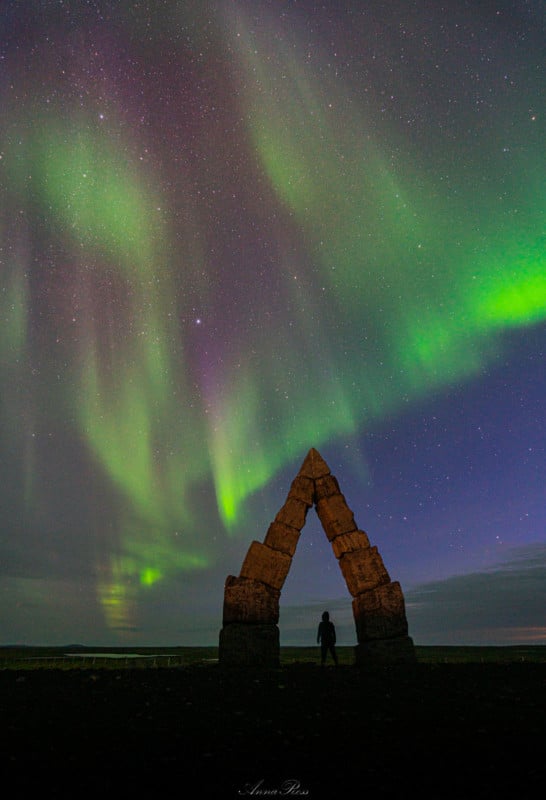
“Catching the Night Lights” by Ruslan Merzlyakov
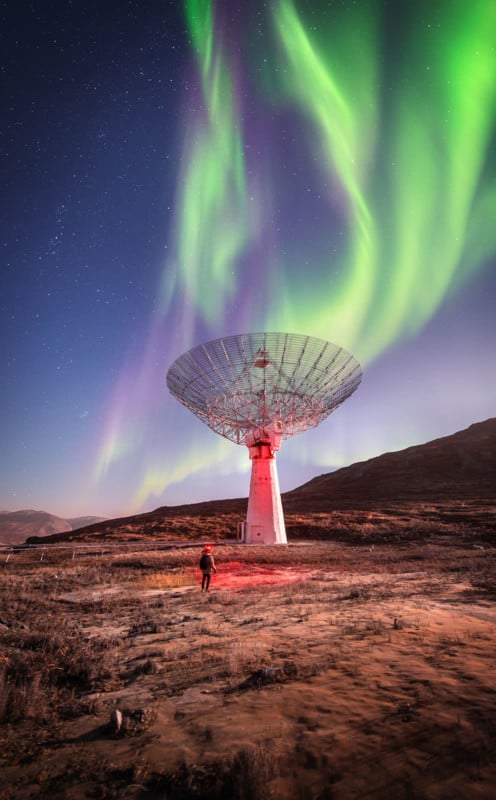
“Aurora & Orion” by Roi Levi
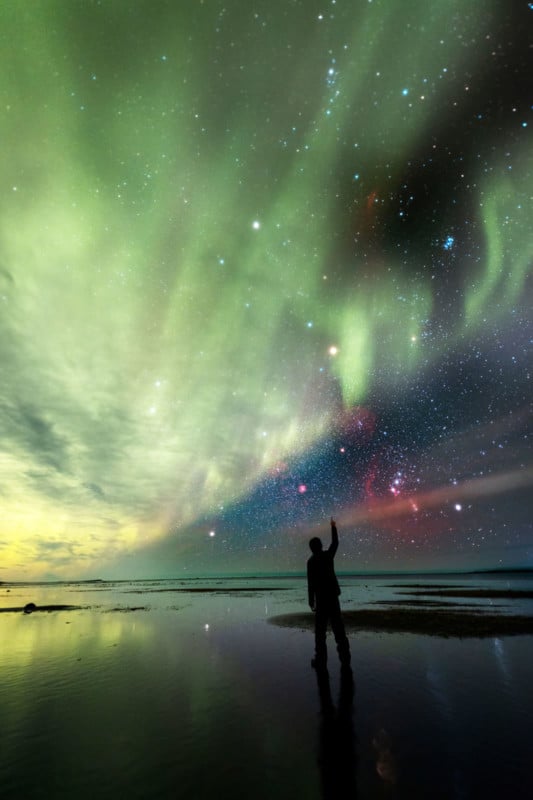
Interested in capturing an aurora photograph yourself? Here are some guiding tips and planning pointers from photographer Roi Levi and other leading photographers in the field:
Scouting Location in the Day: Take the time to first plan the composition for framing in the daylight to determine the perfect foreground and shooting locations, and then go back there to wait for the aurora to appear at night.
Panorama Shooting Technique: To capture the whole Aurora Bow requires shooting a panoramic image with an overlap of around 40% to the next frame.
Lighting the Foreground: By using low-level lighting we are able to bring out the details of the landscape in the foreground of our images.
Dark Skies: Search for Dark skies with a low Bortle scale. When imaging in the darkest skies, the actual colors captured are more prominent and colorful.
Check Aurora KP Scale Using Apps: Apps predict aurora probability by measuring in KP-index from 0 to 9. The higher the KP scale, the more powerful the aurora lights will be in your location.
No Clouds: Aurora must have clear skies. Use the App “Clear Outside” to predict cloud cover and to search for a dark location with no clouds for the best night sky imaging.